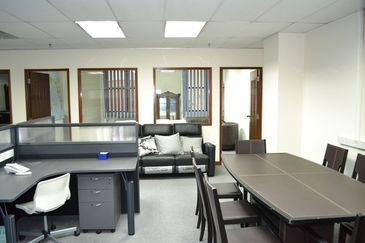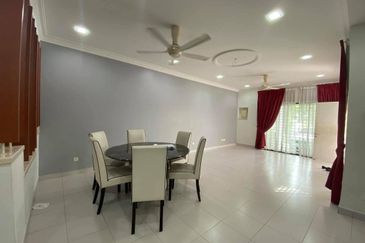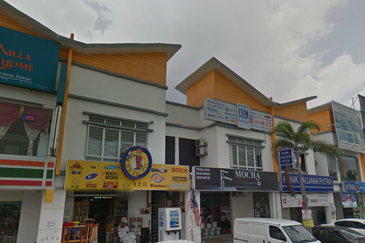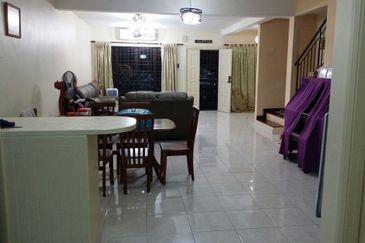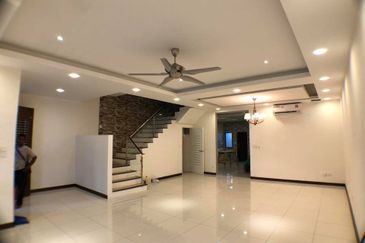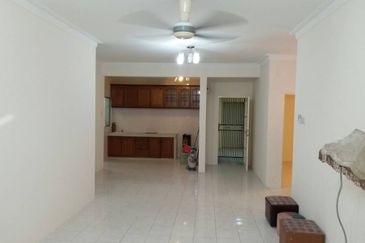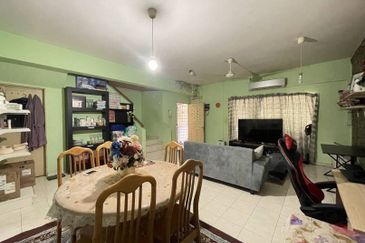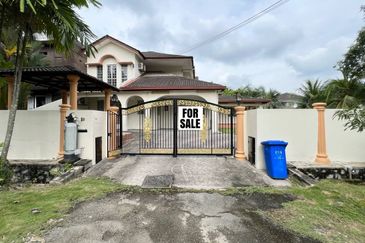LOS ANGELES: Vacancies at US shopping centres rose in 3Q to a 17-year high as unemployment climbed, consumers cut spending and stores closed, real estate research company Reis Inc said.
Vacancies at neighborhood and community shopping centres increased to 10.3%, the highest level since 1992, from 8.4% a year earlier, New York-based Reis said on Oct 7. Vacancies at regional and super-regional malls rose to 8.6% from 6.6% a year earlier, a high for this decade.
“Until we see stabilisation and recovery take root in both consumer spending and business spending and hiring, we do not foresee a recovery in the retail sector until late 2012 at the earliest,” Victor Calanog, Reis research director, said in a statement.
US payrolls dropped by 263,000 in September and the unemployment rate rose to 9.8%, the highest since 1983, according to Labor Department data. Retail sales excluding automobiles, gas stations and restaurants fell 4.3% in August from a year earlier, according to the Washington-based National Retail Federation.
Occupied space at neighbourhood and community shopping centers dropped by 5.3 million sq ft in 3Q while developers added less than 600,000 sq ft that went empty, Reis said.
The average asking rent at shopping centres dropped to the lowest since 1Q2007: US$19.22 (RM65.13) per sq ft (psf), compared with US$19.59 a year earlier.
“It is daunting to observe this acceleration in decline in what has traditionally been regarded as a stable property type,” Calanog said.
Neighbourhood shopping centres tend to be 30,000 to 150,000 sq ft and are home mainly to convenience retailers. Community shopping centres are 100,000 to 350,000 sq ft and may include a discount department or home-improvement store, according to the International Council of Shopping Centres.
At regional and super-regional malls, asking rents fell to US$39.18 psf from US$40.62 a year earlier, Reis said. The 3.5% decline represents the worst year-over-year deterioration in a decade, Reis said.
Regional malls typically include department stores and fashion and general merchandise retailers and range in size from 400,000 to 800,000 sq ft, while super-regional malls are defined as those larger than 800,000 sq ft. Super-regional malls include the Mall of America in Minnesota, South Coast Plaza in Southern California, and Tyson’s Corner in Virginia.
“Continuing job losses and inconsistent consumer spending patterns will weigh on retail properties for at least another 18 to 24 months,” Calanog said. – Bloomberg LP
TOP PICKS BY EDGEPROP
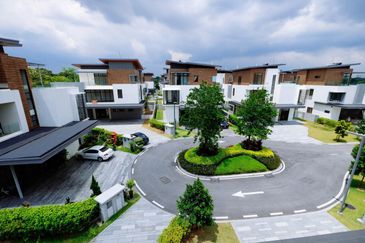
Long Branch Residences
Kota Kemuning, Selangor
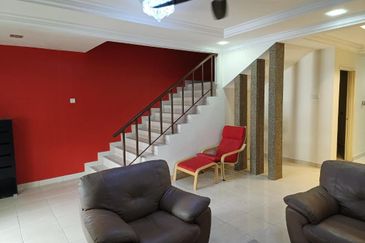
SS 21, Damansara Utama
Petaling Jaya, Selangor
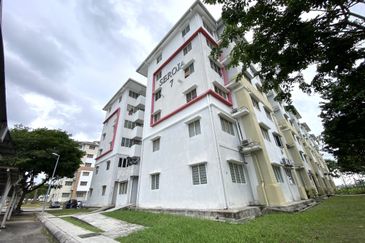
Pangsapuri Seroja
Setia Alam/Alam Nusantara, Selangor



